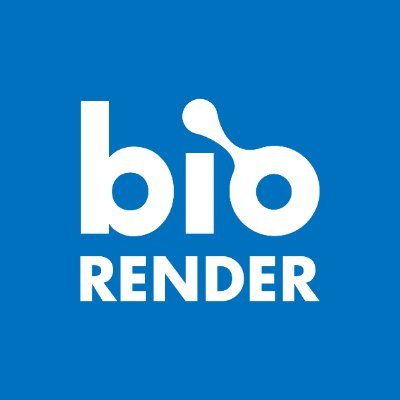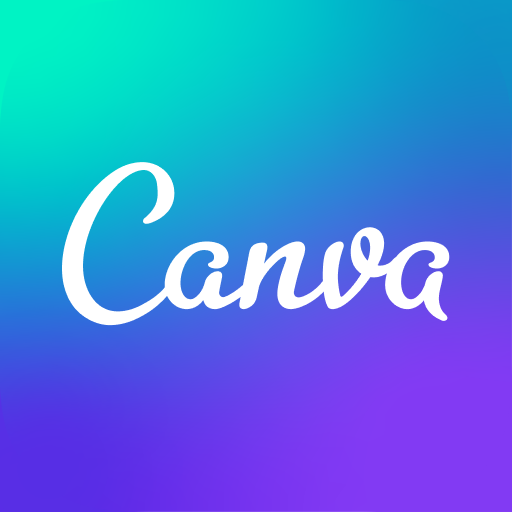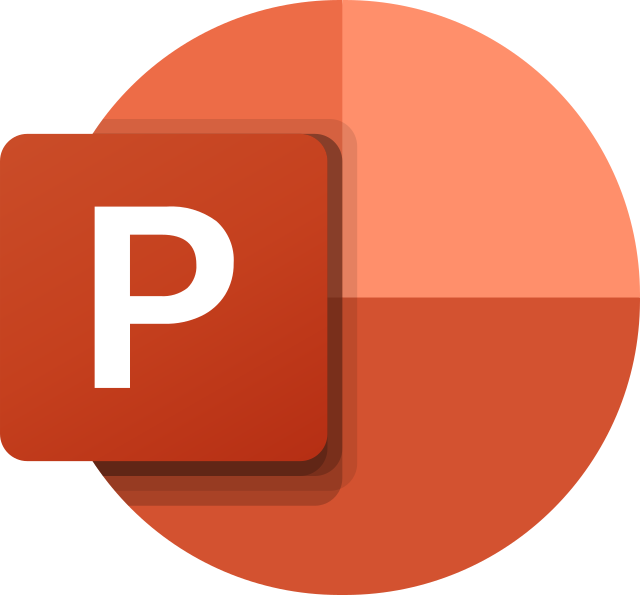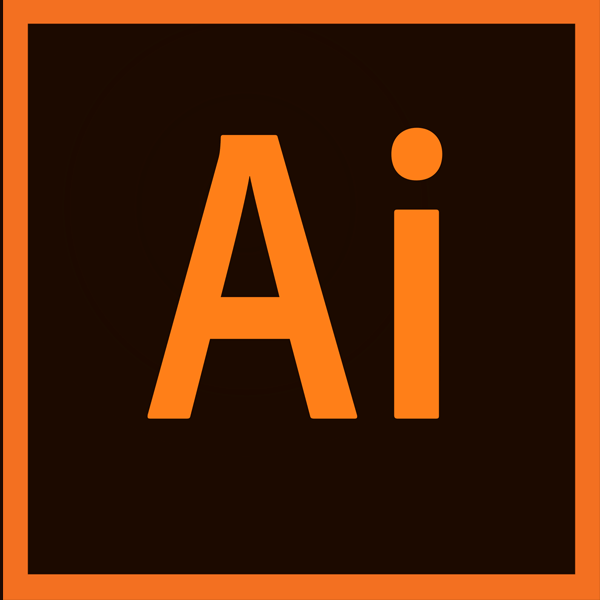Presenting data well is just as important as being able to generate high-quality data. As such, having software to create high-quality graphs and charts is essential. Fortunately, there are several powerful tools available that streamline the process of generating scientific graphs. In this blog post, we will explore some essential tools for creating impactful graphs.
We have listed a number of tools below. Of note, we have no affiliation with these tools - they are simply things we have used in the past and found helpful. For further details on how to use them, you can refer to the documentation and tutorials on the individual websites.

Price: Paid (Student discount available)
Prism is one of the most widely used tools in biological research to generate graphs and charts. It has a wide variety of graph types and allows you to customize the formatting and color of your graphs. In addition, it comes with powerful analysis features that are easy to use. It's not free but most labs already have a license, and they offer a student discount!

Price: Free
Microsoft Excel is a widely used spreadsheet program that offers robust graphing capabilities. With its intuitive interface and extensive charting options, Excel allows users to create a wide range of graphs, including line plots, bar graphs, scatter plots, and more. It provides various customization features, such as axis labeling, data point formatting, and trendline fitting, enabling researchers to tailor their graphs to their specific needs. Excel's integration with other data analysis tools also makes it a versatile choice for generating scientific graphs.

Price: Free
RStudio is a free open-source software that is incredibly powerful for a range of scientific applications. You can extend its functionality with numerous packages that are available for free. This can allow you to create beautiful graphs, and in addition, is the backbone of a lot of biocomputational analysis pipelines. For example, analysis of CRISPR data, single-cell data, etc. is all based on R packages. There is a learning curve involved if you have never coded before, but there are many resources available to get you going quickly.

Price: Paid (Free for Students)
Tableau is a data visualization tool that enables researchers to create visually stunning and interactive graphs. Its drag-and-drop interface allows users to effortlessly transform raw data into visually appealing charts, maps, and dashboards. Tableau offers a wide variety of graph types and provides powerful analytical tools for exploring and understanding complex datasets. Its ability to create interactive visualizations facilitates data exploration and encourages collaboration among researchers.
A key aspect of research is being able to present your data well. A big part of that is creating graphics that explain your experiments, hypotheses, and results in simple ways. Listed here are some tools that will streamline the creation of beautiful graphics for your work.
We have no affiliation with these tools - they are simply things we have used in the past and found helpful. For further details on how to use them, you can refer to the documentation and tutorials on the individual websites.

Price: Freemium (limited free version available)
This is our favorite tool for creating scientific figures. It's a drag-and-drop creation tool specifically designed for science, with components ranging from cells to proteins to chemical building blocks. They also have a number of pre-made templates for common cell processes that you can further adapt to your needs.

Price: Freemium (limited free version available)
BioRender was designed for science, but canva was designed for everything and anything. Although the scientific aspect is a little more limited, canva has more free options and has a much wider range of paper sizes, graphic types, etc. that it can design.

Price: Free (at most institutions)
Powerpoint is your basic and usually free option to quickly create graphics. Although it's not as versatile as the options above, you can easily create different page sizes and then pull in components from various sources (google images, online vector images, etc.) to create beautiful graphics and integrate them into your presentations.

Price: Free
Inkscape is a free and open-source vector graphics editing software. It provides a powerful and versatile platform for creating and editing vector-based artwork, illustrations, logos, diagrams, and other graphic designs. Inkscape has a little bit more of a learning curve and requires more building from the ground up, but it is a powerful tool at a great price point.

Price: Paid
Adobe Illustrator is a professional vector graphics editing software that is widely used by graphic designers, illustrators, and artists to create and edit scalable vector-based artwork, logos, icons, typography, and other graphic designs. Illustrator is known for its extensive set of tools, precision, and versatility, making it a leading choice in the creative industry. Again, this is a paid tool that requires a learning curve, but it's incredibly powerful and can allow you to create highly customized graphics.